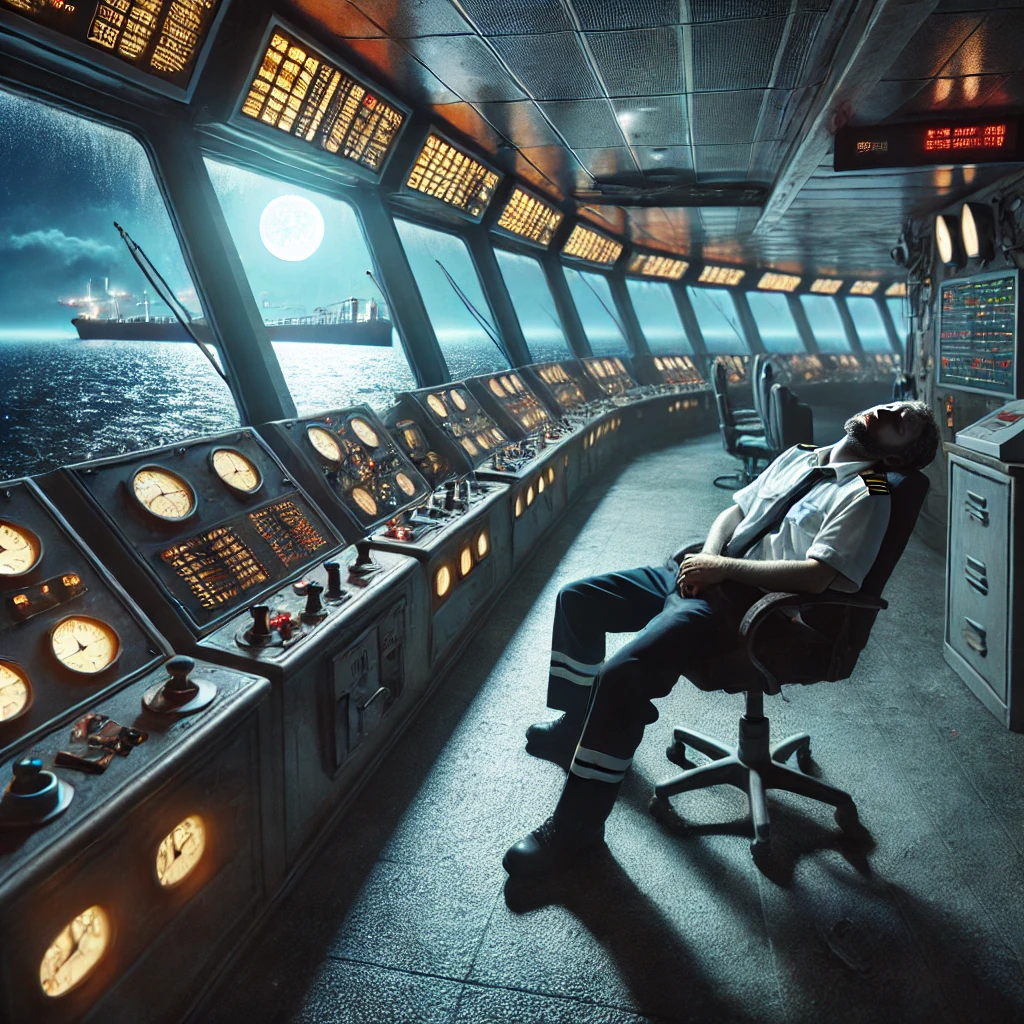Newbuild spend for Vehicle Carriers (LCTCs / PCTCs / PCCs) broke the $3.2Bn level last week, following big volume orders from Eastern Pacific and Zodiac according to analyst VesselsValue (VV). An astonishing amount of money for a niche sector, exceeding the previous 6 years total combined. If options are included a staggering $4.4 billion has been agreed year to date.
Japanese shipyards have raised tariffs to $100 million for dual fuel LNG 7000CEUs, up by $10 million compared to last year. Chinese yards have followed but maintain a healthy discount quoting $88 million for an equivalent spec. Rapid steel price inflation combined with a post Covid supply vacuum, have skyrocketed newbuild prices following a barren period of low orders stretching back to 2016. All 40 Vehicle Carriers confirmed this year (56 including options) are dual-fuel LNG powered, forming a premier PCTC/LCTC asset class for an electrified car market.
Secondhand sales prices exploded in Q2 as operators battled to secure tonnage. Twenty two year old Asian King (6400 CEU, Dec 1998, Hyundai Heavy) sold for $23 million in June. A remarkable price when it is considered the Perseus Liberty (6,400 CEU, Jan 1999, Imabari) of very similar age and size sold for $13.8 million just two months earlier. Such price inflation has inevitably led to talks of a super cycle buoyed by a hot charter market. Firmed rates of $30,000 p/day for midsized 5000 CEUs, and $35,000 p/day for 6500 CEUs are earning (EBITDA) owners 8 to 10 million per annum after OPEX.
Values for a standard 5YO 6500 PCTC have spiked by 19% since April, tipping past $56 million from July as per VVs Fixed Aged Values data. The Viking Conquest (6700 CEU, Jan 2017, Jinling) sold for $45 mil on April 23rd (VV at $47.2 million day before sale, SS due Jan 2022). This seemed a high price at the time, not now.
An average number of sales have completed this year because owners are reluctant to let go of tonnage in a supply starved market, anticipating higher values. Some operators have chartered out their owned PCTCs enticed by lucrative, better earnings from a booming rate environment. Values for 10YO and 20YO PCTCs have shot up following some exceptionally high sold prices paid by buyers with few alternatives. Car Carrying assets are hot property, but next year could get hotter.
According to VV, current market conditions could last into 2024 based on an underlying lack of tonnage. Looking back to 2010, a healthy number of deliveries hit the water at 8% of the fleet excluding units less than 1000 CEU. However, by 2013 deliveries had more than halved stabilising around the low 20 vessel mark through to 2018. Before declining into single figures from 2019 prior to Covid. The current orderbook at 5% projects 4 deliveries in 2022, 10 in 2023, and 19 in 2024 These are low numbers for the next couple of years and 2022 looks particularly ominous with Covid continuing to weigh on supply. The foundations for short supply can be originated back to 2016 when orders averaged just 5 vessels per year until 2021. Owners have reacted this year with a respectable number going on a major shopping spree, but they are paying a high price for leaving it late.
VV believes that battery electric vehicles (BEV) trade growth has the potential to significantly impact voyage earnings for a major share of the current Car Carrying fleet, because electric cars weigh 20% more than conventional diesel/petrol equivalent models. This means less cars can be loaded onboard a typical PCTC whenever there is a high volume of BEV bookings, because the average density per car unit has increased, eating into deadweight capacity.
Essentially, PCTCs with low deck strengths will be disadvantaged as BEVs start to dominate over time, diminishing the earning opportunity of the asset. Whilst modern PCTCs and LCTCs equipped with stronger decks from 0.3t/m2 upwards, will hold more value due to the higher earnings opportunity derived from the better stowage factor.
Vessels trading to used car markets such as Africa are less exposed to this headwind. However, this is already an issue for ships operating on major East West liner routes delivering finished new cars to European and North American markets with long term ramifications for fleet development. Logically, demand for stronger decked ships will increase. Cargo miles will also receive a credit in the short to midterm, as more capacity is required to carry the same volume of seaborne cars around the world. This is assuming global demand remains relatively static, whilst BEVs continue to take share in sales and exports.






